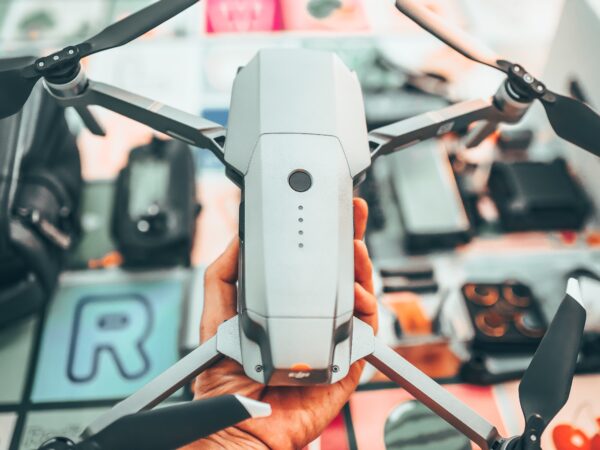In recent years, there has been a significant increase in the number of people who are struggling with mental health. The World Health Organization (WHO) estimates that one in four people in the world will be affected by some form of mental or neurological disorder at some point in their lives. Technology has played a critical role in addressing this problem to improve mental health. With the rise of digital health tools and teletherapy, people have access to mental health care in a way that was previously impossible.
This article explores the intersection between technology and mental health, and the role of technology, that can help individuals to maintain their mental wellbeing.
The Impact of Technology on Mental Health:
In the age of smartphones, social media, and constant connectivity, technology has become a critical part of our daily lives. While technology brings many benefits, it also poses several challenges to mental health. For example, social media has been linked to increased anxiety, depression, and loneliness. Studies have shown that excessive social media use can contribute to negative body image, low self-esteem, and a distorted sense of reality.
Similarly, the constant barrage of information and notifications can lead to mental fatigue, distraction, and stress. In a world where we are always online, it can be challenging to disconnect and focus on our mental health needs. However, technology can also be a powerful tool for promoting mental wellness.
The Role of Technology in Promoting Mental Wellness:
While technology can pose challenges to mental health, it also provides a range of tools and resources that help individuals to maintain their mental wellbeing. From mindfulness and meditation apps to teletherapy and online support groups, technology has revolutionized the way we approach mental health care.
1. Mindfulness and Meditation:
Mindfulness and meditation are effective in reducing stress and anxiety. It involves being present in the moment, paying attention to your thoughts and feelings without judgment. Meditation is a form of mindfulness that involves focusing your attention on a specific object, such as your breath or a mantra.
There are several mindfulness and meditation apps available that help users practice these techniques. Calm, Headspace, and Insight Timer are some popular examples. These apps offer guided meditations, breathing exercises, and other tools to help users manage stress and anxiety.
2. Teletherapy:
Teletherapy is a form of therapy that is conducted over the phone, video conference, or text message. It allows individuals to access mental health care from the comfort of their homes, which is especially important during the COVID-19 pandemic. Teletherapy offers several benefits, including convenience, accessibility, and privacy.
Platforms such as Talkspace, BetterHelp, and Amwell offer teletherapy services that are affordable and easily accessible. Users can choose from a range of licensed therapists based on their needs, schedule appointments at their convenience, and communicate with their therapists through secure messaging platforms.
3. Online Support Groups:
Online support groups provide a safe and supportive space for individuals to connect with others who are experiencing similar mental health issues. These groups can be accessed through social media platforms, online forums, and messaging apps.
Users can connect with others who are experiencing similar mental health challenges, share their struggles, and receive support and guidance from their peers.
4. Wearable Health Devices:
Wearable health devices, such as Fitbit and Apple Watch, provide users with several features that can promote mental wellbeing. These devices can monitor heart rate, sleep patterns, and physical activity, providing valuable insights into the user’s overall health and wellbeing.
For example, Fitbit offers a feature called “Relax,” which guides users through breathing exercises to help reduce stress and improve their mood. Similarly, the Apple Watch offers a “Breathe” feature that prompts users to take deep breaths throughout the day.
Conclusion:
Technology has transformed the way we approach mental health care. While it poses significant challenges to mental wellbeing, it also provides several tools and resources that can help individuals to maintain their mental health.
From mindfulness and meditation apps to teletherapy and online support groups, technology has made mental health care more accessible, convenient, and affordable.
As we continue to navigate the challenges posed by COVID-19, it is more important than ever to prioritize our mental health. By leveraging the power of technology, individuals can take control of their mental wellbeing, reduce stress and anxiety and improve their overall quality of life.










